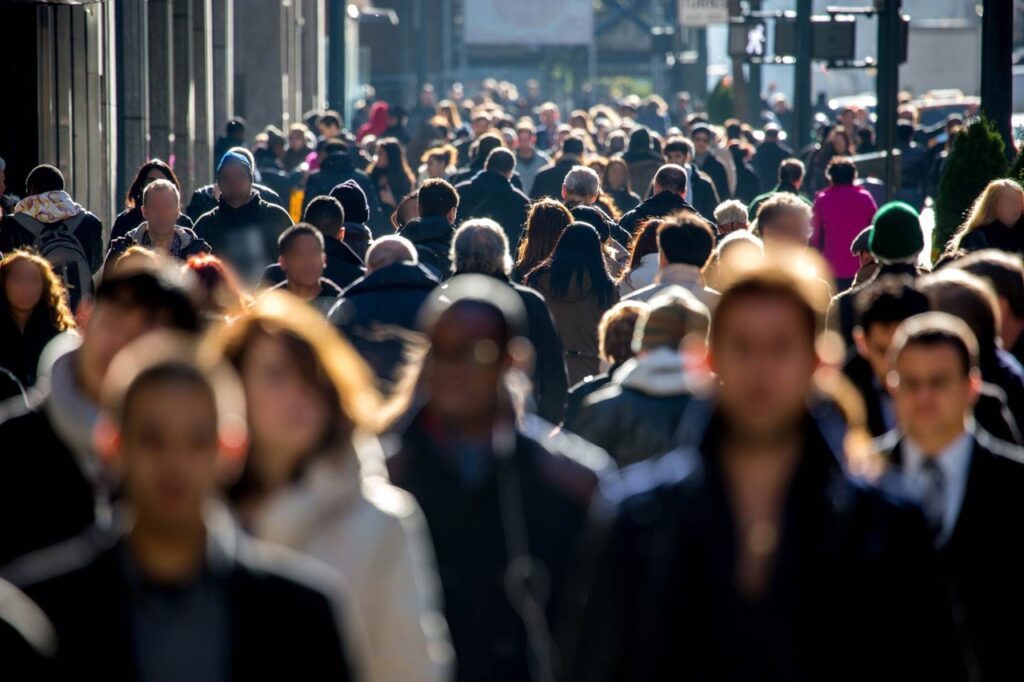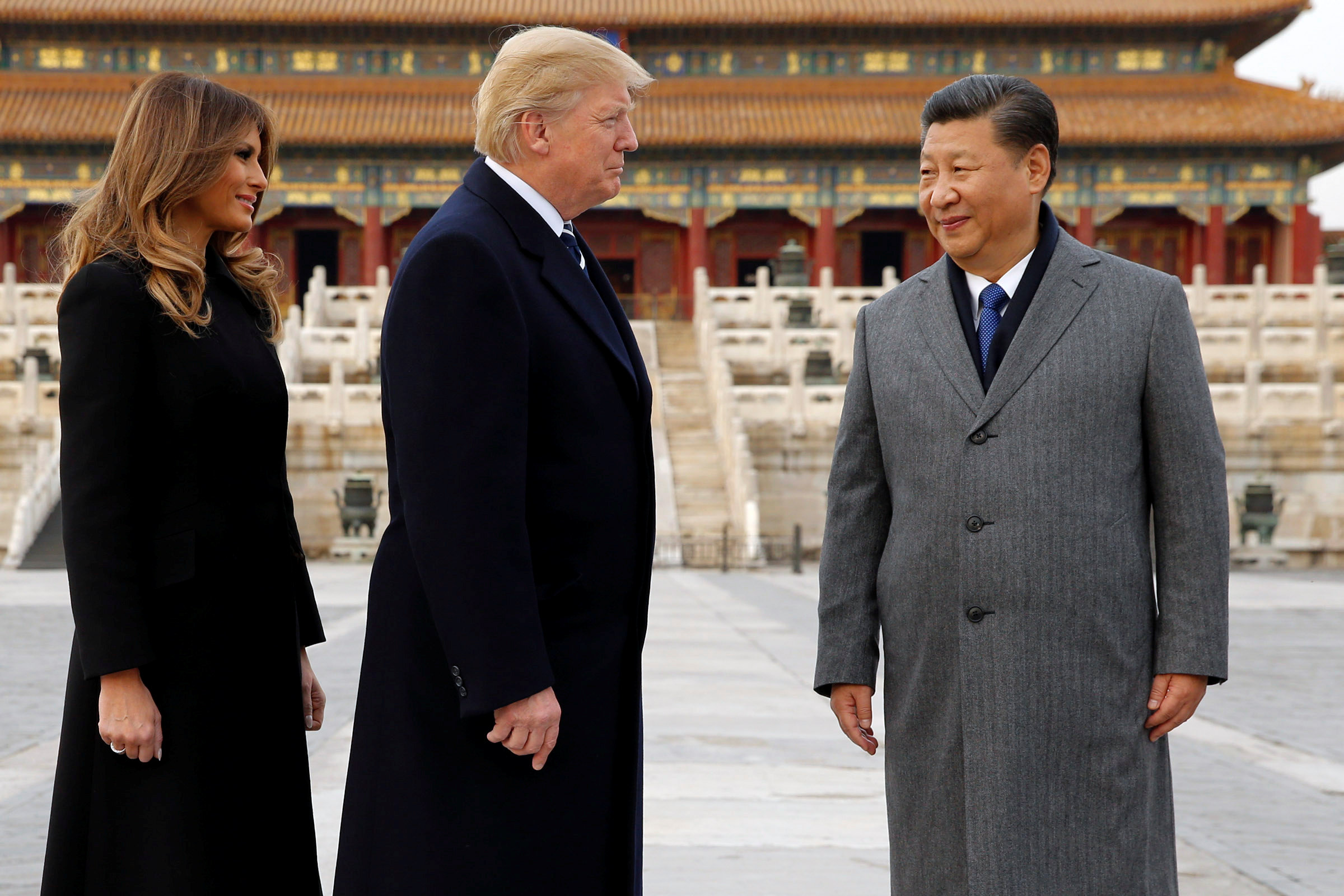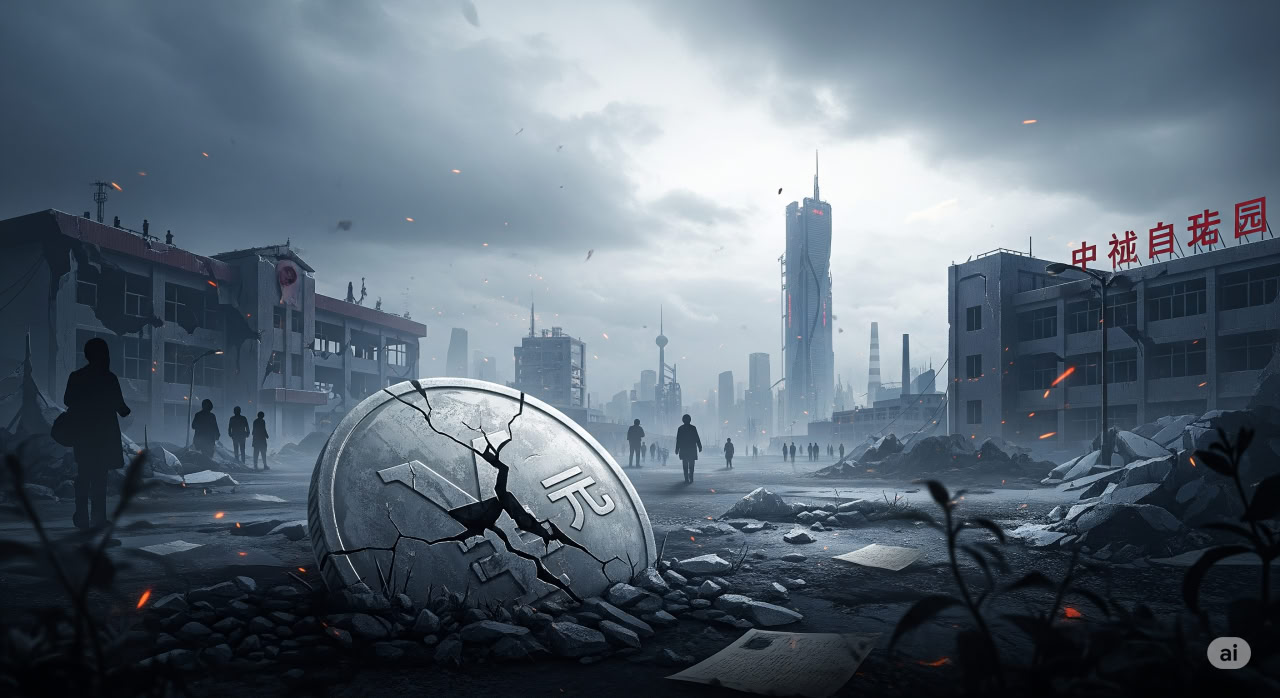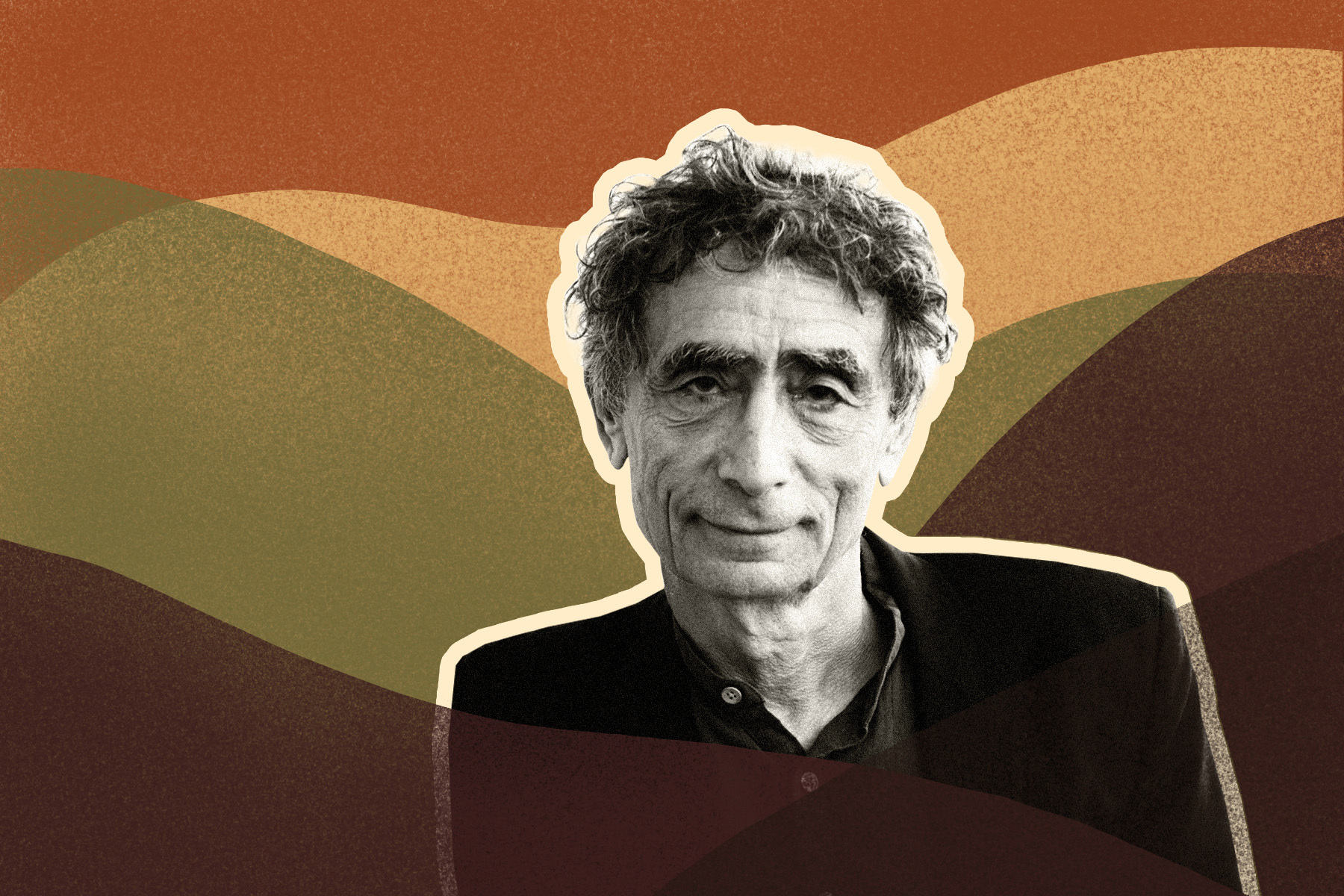Nuclear weapons can compensate for many weaknesses, but they cannot solve the most fundamental problem any nation can face: the gradual disappearance of its own people. Russia’s invasion of Ukraine has captured headlines for its geopolitical implications, but the war’s most devastating consequence may be one that barely registers in Western coverage—the acceleration of a demographic collapse that was already threatening to hollow out the Russian state from within.
The numbers tell a story of national decline that would be difficult to believe if they weren’t so thoroughly documented. Russia’s population peaked at 149 million in 1991 and has been contracting ever since, now sitting at roughly 144 million. But that figure obscures a more alarming reality: for 56 of the past 60 years, Russian women have been having fewer than the 2.1 children needed to maintain population stability. Today’s fertility rate of 1.4 doesn’t just predict future decline—it locks it in for generations.
The Ghosts of the 1990s
The demographic rot began in earnest during the chaotic transition from Soviet rule. The 1990s weren’t just economically brutal; they were a civilizational trauma that demographers now call the “Russian cross”—the moment when deaths began consistently outnumbering births. Seven million excess deaths above normal mortality rates during that single decade created a demographic scar that Russia has never healed.
What’s particularly striking is how this crisis has persisted despite sustained government attention. Putin identified demographic decline as Russia’s greatest existential threat—not NATO expansion, not Western sanctions, but the simple fact that Russians were disappearing. His administration threw billions at the problem, offering substantial cash payments for newborns and creating an entire bureaucracy devoted to encouraging procreation.
These efforts produced temporary bumps in birth rates, but they fundamentally missed the point. You can incentivize couples to have children sooner, but you cannot force them to want larger families when the broader social and economic conditions make family formation seem like a luxury few can afford.
The Masculine Catastrophe
Perhaps no aspect of Russia’s demographic crisis is more stark than what’s happening to its men. Russian males die at rates that would be considered a public health emergency in any developed nation. The average life expectancy for men hovers around 68 years—more than a decade shorter than for women, creating one of the world’s largest gender longevity gaps.
The culprit is largely alcohol, which contributes to an estimated 200,000 deaths annually, three-quarters of them male. Research suggests that one in four Russian men won’t live to see 55, most falling victim to alcohol-related diseases, accidents, or violence. Layer on top of that elevated rates of suicide, industrial accidents, and one of the world’s largest HIV epidemics outside of Africa, and you have a society systematically losing its male population.
This isn’t just a health crisis—it’s an economic and social catastrophe that undermines family formation and workforce stability. Dead men don’t have children, and communities where men routinely die young struggle to maintain the social fabric necessary for population growth.
The Hollow Country
Russia’s vastness has always been both blessing and curse, but demographic decline has turned geography into a liability. The country spans eleven time zones, yet most of its population clings to a handful of urban centers while the heartland empties out. An estimated 20,000 communities have been completely abandoned, with another 36,000 housing fewer than ten residents each.
This internal migration creates a vicious cycle. Rural areas lose their young people to cities, accelerating rural decline and concentrating population in expensive urban centers where family formation becomes even more difficult. The Moscow metropolitan area contains nearly 15% of Russia’s population on just 2% of its land—a concentration that strains infrastructure while leaving vast territories essentially uninhabited.
The War’s Accelerating Effect
Then came February 2022, and what was already a slow-motion demographic disaster became a full-scale catastrophe. The invasion of Ukraine didn’t just fail to solve Russia’s population problem—it supercharged every negative trend.
Military casualties represent the most visible loss. Western intelligence estimates suggest that around one million Russian soldiers have been killed or wounded, though Moscow’s secrecy makes precise figures impossible. These are overwhelmingly young men in their prime reproductive years, representing not just immediate losses but the elimination of entire future family lines.
But the battlefield deaths, horrific as they are, may be less significant than the exodus they triggered. The announcement of partial mobilization in September 2022 prompted what can only be described as a historic brain drain. Up to one million Russians fled the country, and these weren’t random emigres—they were disproportionately young, educated professionals with portable skills.
The technology sector was particularly devastated, losing roughly 100,000 IT specialists in 2022 alone—about 10% of the entire workforce. These are precisely the people any modern economy needs to thrive, and they’re now contributing their talents to other countries’ growth while starting families elsewhere.
The Compounding Crisis
What makes this demographic catastrophe particularly insidious is how different factors reinforce each other. Military losses reduce the number of potential fathers. Economic sanctions and war spending drive inflation, making family formation more expensive. Political repression encourages emigration among the educated classes most likely to have children. International isolation limits the cultural exchange that might make Russian society more attractive to its own young people.
The birth rate, already dangerously low, has accelerated its decline. Russia recorded fewer than 1.22 million births in 2024—a 200-year low that will likely be broken again next year. Every man killed or driven into exile represents not just an immediate loss but the absence of children who will never be born.
The Ethnic Dimension
The crisis isn’t distributed equally across Russian society. Moscow has largely insulated itself from military casualties by disproportionately mobilizing men from poorer ethnic minority regions. Areas like Dagestan and Buryatia have suffered casualty rates up to ten times higher than the capital, creating resentments that could fuel future instability.
This pattern reveals something crucial about contemporary Russia: it’s not really a unified nation-state but rather a collection of territories held together by Moscow’s dominance. When that dominance requires sacrificing peripheral populations to protect the center, the long-term viability of the entire structure comes into question.
The Irreversible Future
Demographic trends are notoriously difficult to reverse, and Russia’s situation appears to have crossed several points of no return. UN projections suggest the population will fall to 133 million by 2050, though some models predict it could reach as low as 120 million. By 2100, Russia might house fewer than 74 million people—less than current Germany, spread across a territory 45 times larger.
This isn’t just about numbers—it’s about the kind of society Russia will become. An aging population with a shrinking workforce cannot maintain the infrastructure, military, or economic capacity that great powers require. The labor shortage, already at nearly 5 million workers, will only worsen as the demographic pyramid inverts.
The Hollow Empire
What we’re witnessing isn’t just demographic decline but the structural collapse of an imperial model that depends on population growth to maintain its territorial claims. Empty villages and dying towns cannot project power across eleven time zones. A country that cannot replace its own people will struggle to dominate its neighbors.
Putin’s war was supposed to restore Russian greatness, but it may have accelerated the very forces that make such restoration impossible. The greatest threat to Russian power isn’t NATO expansion or Western sanctions—it’s the simple fact that there may not be enough Russians left to matter on the world stage.
The 21st century will likely be remembered not for the restoration of Russian empire but for its quiet dissolution from within. Not conquered by foreign armies, but abandoned by its own people, one empty village at a time.



